Debate Topic of the Day: Longest Production Run For Any Engine?

Here’s a question that may well be impossible to answer, due to the numerous gray areas involved. Sure, we could set all kinds of limitations (e.g., “production run” applies only to engines built by the original manufacturer) and of course you stumble into the quagmire of defining when changes to an engine design become significant enough to result in a different engine… but why should we do that?
No, this discussion will bring a lot more single-interest zealots out of the woodwork be more spirited if we set only one limitation: the engine must have been installed by a manufacturer in cars or light trucks at some point during its history. That means no Cox .049s or Detroit Diesel Series 71s, but we will include engines that were built for use in industrial applications for years after their motor-vehicle days were done (e.g., Chrysler flathead six), engines built by aftermarket manufacturers (e.g., Volkswagen air-cooled), crate motors made by OEMs (e.g., Chevrolet small- and big-block V8s), engines built under crazy multiple-handoff licensing arrangements (e.g. flathead Fords in France), and engines that are now being counterfeited in vast quantities in China (e.g., probably every postwar Japanese design in history). So, experts, which engine wins, and why?

Murilee Martin is the pen name of Phil Greden, a writer who has lived in Minnesota, California, Georgia and (now) Colorado. He has toiled at copywriting, technical writing, junkmail writing, fiction writing and now automotive writing. He has owned many terrible vehicles and some good ones. He spends a great deal of time in self-service junkyards. These days, he writes for publications including Autoweek, Autoblog, Hagerty, The Truth About Cars and Capital One.
More by Murilee Martin
Latest Car Reviews
Read moreLatest Product Reviews
Read moreRecent Comments
- Golden2husky The biggest hurdle for us would be the lack of a good charging network for road tripping as we are at the point in our lives that we will be traveling quite a bit. I'd rather pay more for longer range so the cheaper models would probably not make the cut. Improve the charging infrastructure and I'm certainly going to give one a try. This is more important that a lowish entry price IMHO.
- Add Lightness I have nothing against paying more to get quality (think Toyota vs Chryco) but hate all the silly, non-mandated 'stuff' that automakers load onto cars based on what non-gearhead focus groups tell them they need to have in a car. I blame focus groups for automatic everything and double drivetrains (AWD) that really never gets used 98% of the time. The other 2% of the time, one goes looking for a place to need it to rationanalize the purchase.
- Ger65691276 I would never buy an electric car never in my lifetime I will gas is my way of going electric is not green email
- GregLocock Not as my primary vehicle no, although like all the rich people who are currently subsidised by poor people, I'd buy one as a runabout for town.
- Jalop1991 is this anything like a cheap high end German car?


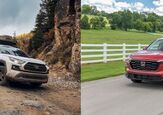
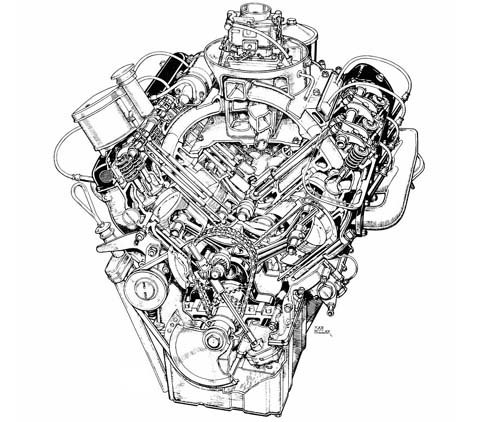






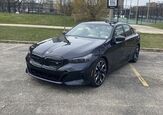
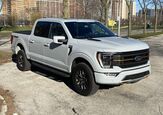






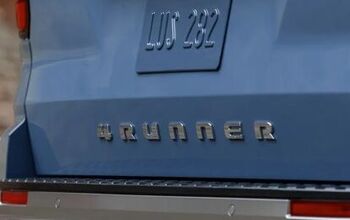

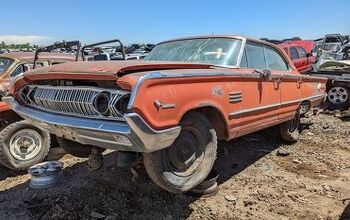

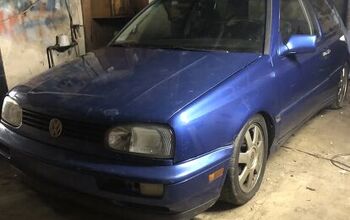
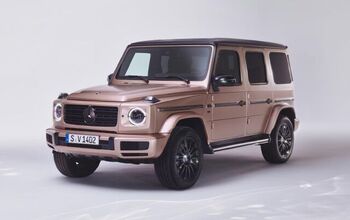
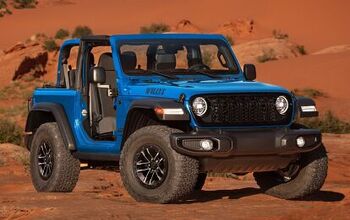
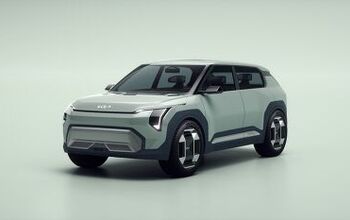

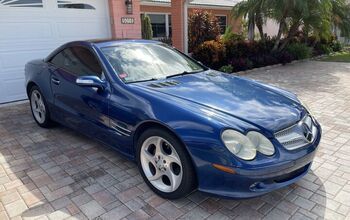
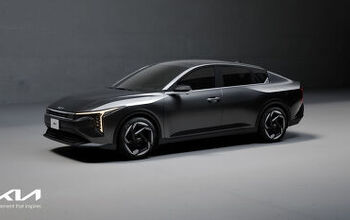


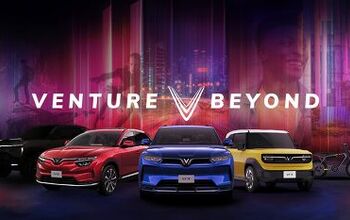
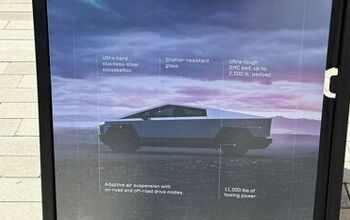
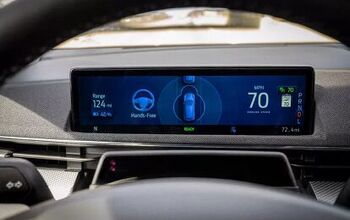

Comments
Join the conversation
Honda horizontal singles win, hands down. No contest, end of conversation, please close thread.
If we extend the query to two wheeled vehicles I have a couple of good ones - The Ural boxer twin has been in production since the 1930s with only basic upgrades. At the time it was sold to the Soviets by the Germans in a lend-lease agreement before Barbarossa. The Germans pawned off an obsolete BMW design. So it was out of date in the 30s, and it's still in production today. The Ural remains the scariest vehicle I have every driven. It's truly a tractor with two (or three, with the common sidecar option) wheels. Driving one is utterly terrifying, despite the lack of power or speed. Thank god they don't put anything more powerful into that chassis because its a widowmaker with 30 odd hp. I drove a two-wheel drive model with my father in the sidecar. He had a great time, unaware of how much I was fighting to keep it on the road at a steady 30 mph in a straight line. Along the same lines is the Indian built Royal Enfield. The 350/500 cc single cylinder engines in those puppies have been virtually unchanged since 1955 when Royal Enfield UK sold the tooling to the Indians. Now, ironically, the UK company is long gone, a victim of modernization and the Japanese invasion, while the Indians continue to produce the obsolete design for cheap transport and nostalgic westerners. They get bonus points for keeping the 1950s style totally intact, and making a sweet (but slug slow) cafe racer model.